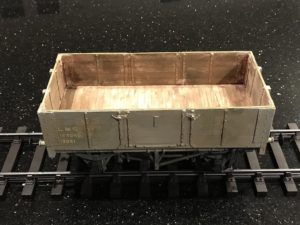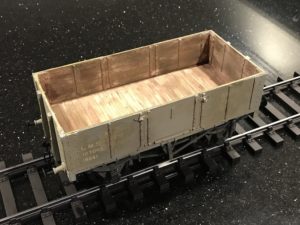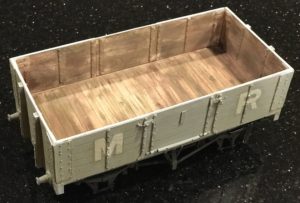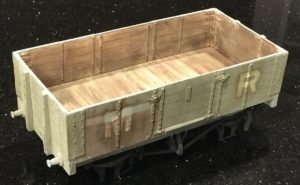I have been feeling guilty for some time about my “carbon footprint”. I cycle to work when I can, and far more often than Sue would like). I catch the train when I can, I drive a Diesel powered small car, eat largely vegetarian, etc. However my travel to conferences and to visit friends abroad is not (by carbon emission standards) a good thing.
So I have been looking into what I could do to “compensate” for this. Buying “offsets” is not straightforward, as this website shows. https://www.ethicalconsumer.org/energy/short-guide-carbon-offsets
In fact the direct purchase of offsets is arguably a poor way to compensate for carbon emissions and it is better to send the funds to an environmental organisation such as The Red Cross, Friends of the Earth, Greenpeace, etc.
From <travelnav.com>, CO2 emissions are 3.6-9.7 tonnes (upper figure is with radiative forcing. Whatever that is. Return journey. Probably economy.
From <traveller.com.au>, though, the return figure is 16.8 tonnes!
The Choice* figure is 10.7 tonnes return, 20.1 Business class (why different?).
The <clevel.co.uk> return flight figures are 5.5, 16.1 tonnes (economy and business respectively)
So on average: 7.6 tonnes flying economy or 18.1 business.
* Choice is an Australian consumer organisation.
Buying offsets is not straightforward either. According to <choice.com.au>, depending on the type of project, offsetting a tonne of carbon can cost less than $10, while other projects can cost more than $50.
One way or another, buying offsets as such is open to fraud, uncertainties and changing circumstances in future years ruining the investment (eg planting trees which later are cut down or are burnt). The Choice site recommends donating to a charity known for environmentally good projects (eg the Red Cross and their cooking stove replacement project inAfrica) or to environmental groups such as Friends of the Earth, or Greenpeace [largely on the grounds that these organisations are most likely to effect political change for the benefit of the environment].
The easiest way, though possibly less effective than more specifically targeted donations, is to give to “Gold Standard” <http:\\www.goldstandard.org>, which is a subdivision of the World Wildlife Fund.
Qantas seems to have the best airline-run offset scheme, but it isn’t well-supported.
(<https://www.choice.com.au/travel/on-holidays/airlines/articles/should-you-buy-carbon-offsets-for-flights#Why don’t people buy them?>)
Comparing CO2 emissions from different flight routes
Return flight and seat class Emissions per seat (CO2 equivalent)
Sydney to Brisbane, Economy 381kg
Perth to Melbourne, Economy 1346kg
Sydney to London via Abu Dhabi, Economy 10,700kg
Sydney to London via Abu Dhabi, Business 20,062kg
Driving a mid-range car for 12,000km 2000kg
From the Choice reference above:
You can calculate the amount of emissions attributable to your seat on a flight (in kg of CO2 equivalent) at Atmosfair, which will also sell you offsets. Compared to Qantas, Atmosfair attributes a much higher offset cost to a Sydney to London flight via Abu Dhabi of $177.67, indicating the discrepancy between calculations and offset programs.
It is also clear that travelling Business Class is 2-3 times as carbon-unfriendly as travelling economy, although I don’t know why. Yes, you have a larger luggage allowance and can eat off crockery rather than paper plates, but that doesn’t seen enough to account for the difference. If weight were the difference, surely the offset amount should also depend on just how much you weigh!
It is never straightforward or easy. Personally I am thinking of donating 10 tonnes x $30 if I fly economy or 20 tonnes x $30 if I fly business to the environmental charity of my choice at the time.




